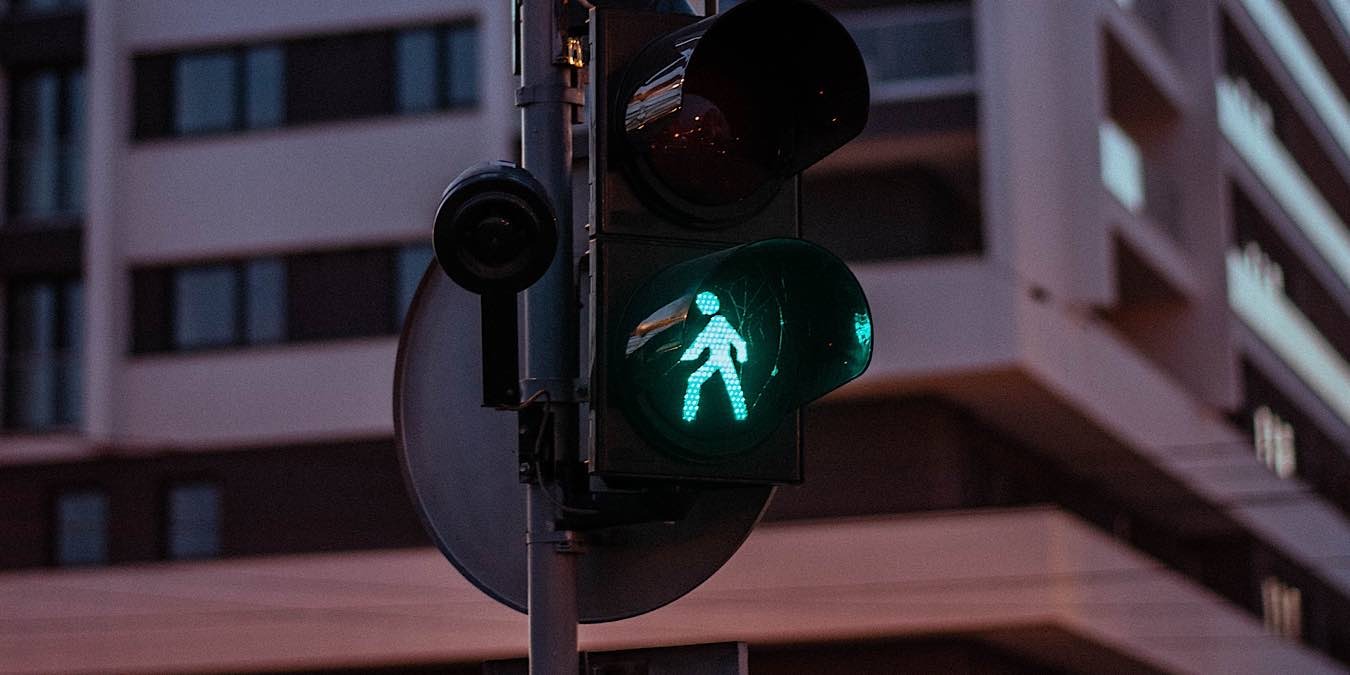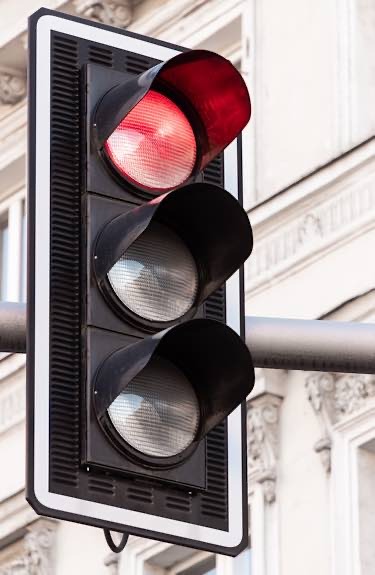
Traffic lights can be an annoyance whether you’re driving or walking and no matter where you’re located. If you’re walking with small children or with an elderly person, it can feel like you’re taking your lives into your own hands with the small amount of time you’re given to cross. Thankfully, smart traffic lights technology has been developed that will allow slower pedestrians that extra time they need.
Now Wireless Smart Traffic Lights Technology
British company Now Wireless developed a technology for smart traffic lights that utilizes wide-angle cameras and artificial intelligence.
This technology will detect pedestrians waiting to cross at an intersection and will turn the light red. This eliminates the need to press a button on a lamppost that never seems to work anyway.

The developers said the lights can be programmed by individual municipalities to monitor how many people are waiting to cross. This would allow for a better flow of traffic, as the smart traffic lights would know not to give a green light to just one waiting pedestrian.
Going one step further, the AI will also be able to anticipate when people approaching the intersection will be crossing. It could stop traffic for them in advance. This would work from a distance of up to 15 meters.
Additionally, Now Wireless said the technology would be able to recognize slower pedestrians, be it the elderly, parents with young children, or people with disabilities. The smart traffic lights would allow them a longer time to cross the road for a “smoother crossing experience.”
A 2015 UK study showed that most crossings allowed pedestrians 1.2m per second to cross, yet most elderly people required more time.

Brian Jackson, the chief executive at Now Wireless, said: “What we can now do is use cameras to make better use of crossings, giving priority when needed and more fairly than traditional systems allow. As economies build back, information about pedestrian numbers, and making sure that crossing points operate efficiently, will be particularly important for urban areas.”
Availability
The Naw Wireless smart traffic lights system will be offered to up to 40 councils that the company has already dealt with. It will be switched on after a few months of testing. The data the AI collects will be shared with traffic managers to further tweak the septum.
It only makes sense to introduce smart traffic lights since we are gearing up for a future with autonomous cars. Although, the amount of technology that should be left in control is certainly up for debate.
Of course, the more tech is utilized, the more cybersecurity is at risk. Read on to learn which smart city tech is the most vulnerable to a cyber attack.










